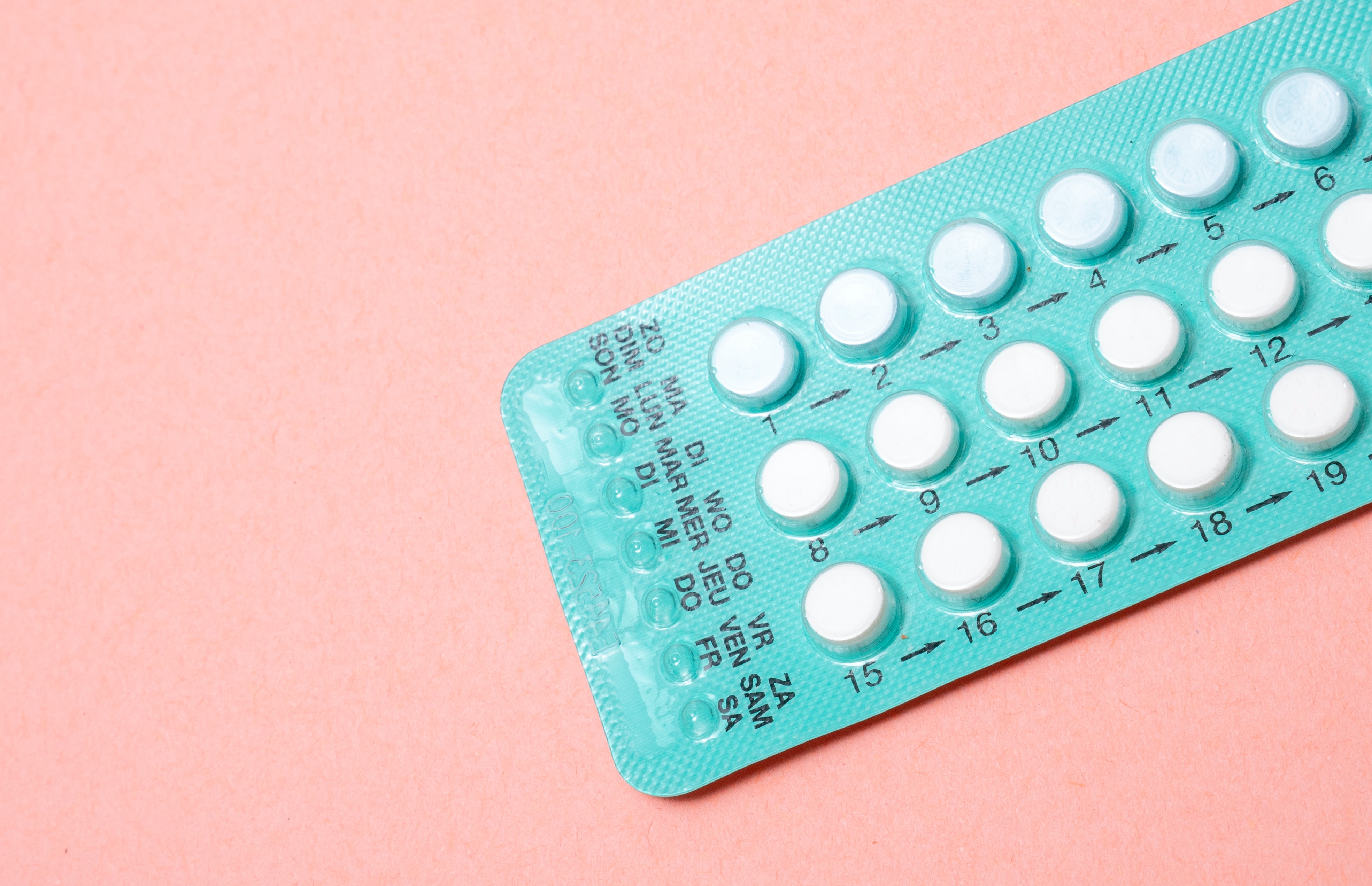Contraception and family planning V: Implanon

Implanon is a long acting reversible contraceptive (LARC) implant used to prevent pregnancy by preventing ovulation. It contained synthetic progesterone in the form of a 4 cm plastic rod that is inserted underneath the skin of your arm over period of 3 years. Each implant contains 68 mg of Etonogestrel.
Implanon has an effectiveness rate of 99% to prevent pregnancy. It has similar benefits and contraindication to other progesterone-only contraception such as Depo-provera and Mirena IUD. It can be inserted up to 5th day of menses without need for additional protection. If it inserted at other time (after pregnancy excluded) additional contraception is needed the next 7 days after insertion.
Implanon also has other benefits such as decrease heavy menstrual bleeding and menstrual cramp. It has no increase risk of blood clots, stroke and heart disease. There is also evidence that it has adverse effect on bone mineral density.
Among side effect of Implanon are changes in bleeding pattern commonly in the first 3 months. Some may experience infrequent bleeding, some may have no bleeding and some women may experience prolonged or frequent bleeding. Other side-effects including headache, nausea, acne, breast tenderness and weight gain. After the insertion, there can be slight pain and bruising over the area. Other risk including injury to the nerve and blood vessel (neurovascular) if inserted too deep, infection and scarring at the site where the rod is placed. Removal is done no later than 3 years after insertion.
If you have any questions regarding Implanon or contraceptive and family planning, talk to our doctor for more information



